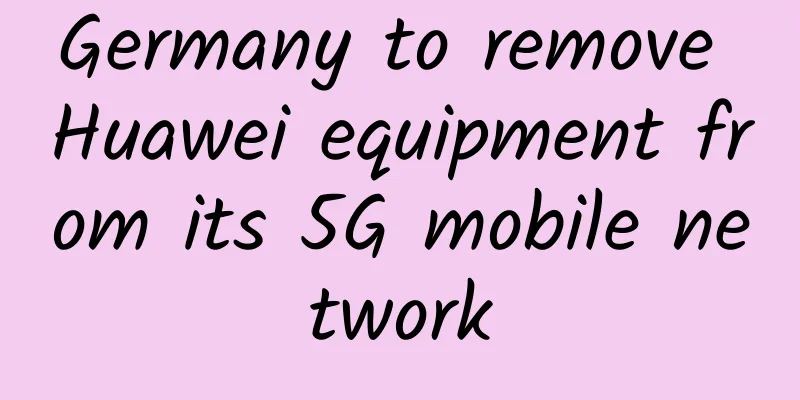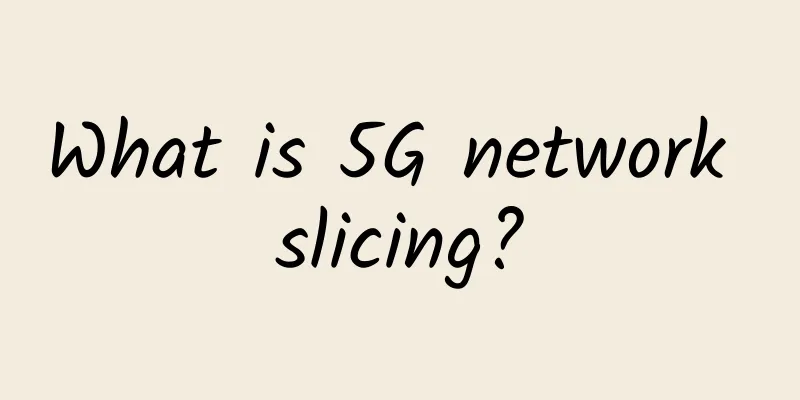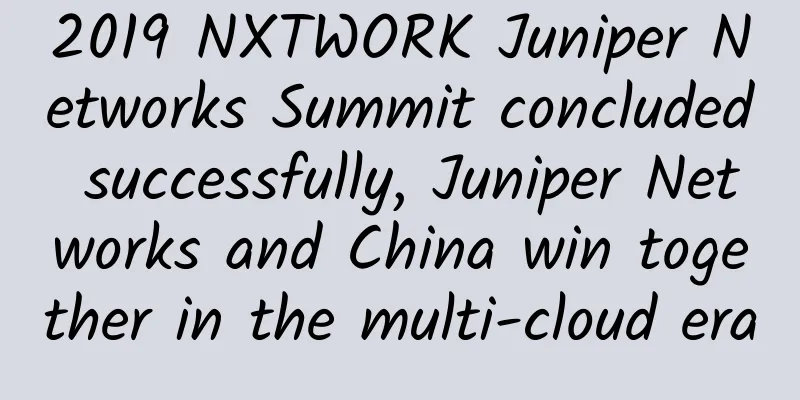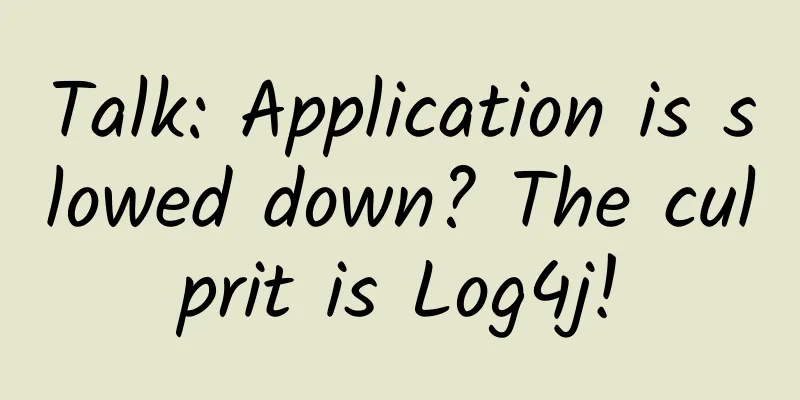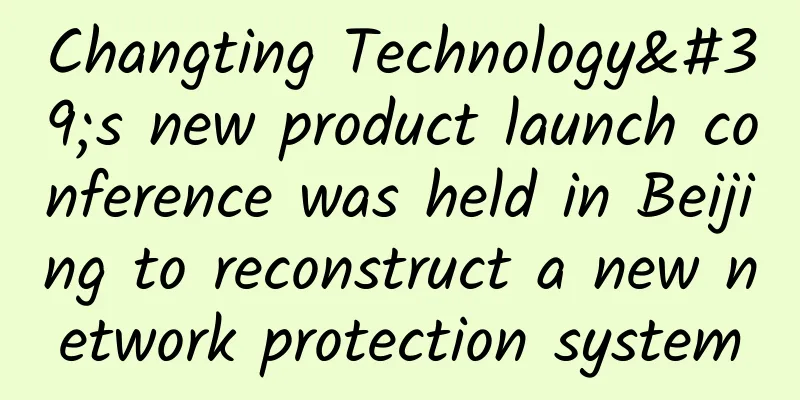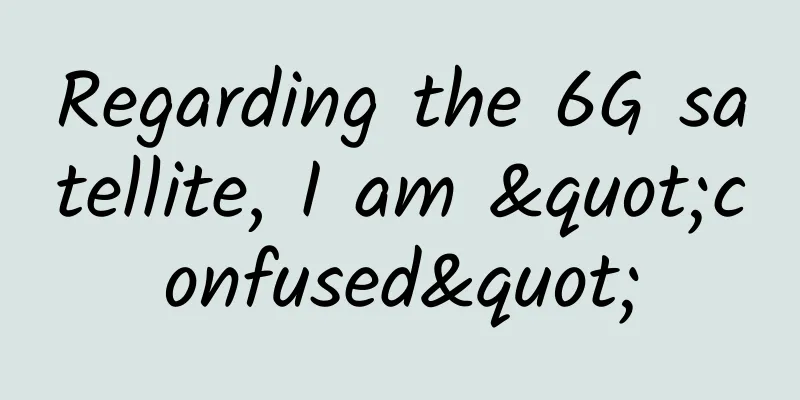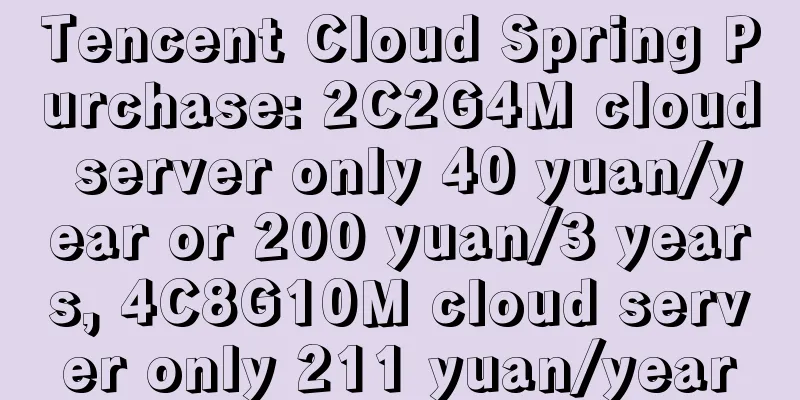Netty - Sticky Packets and Half Packets (Part 2)

|
Continue from the previous article "Introduction and Solution of TCP Sticky Packet and Half Packet (Part 1)" The previous article introduced sticky packets and half packets and their general solutions. Today, let’s focus on how Netty implements the encapsulation framing solution. Decoding core process Previously, we introduced three decoders: FixedLengthFrameDecoder, DelimiterBasedFrameDecoder, and LengthFieldBasedFrameDecoder. They all inherit from ByteToMessageDecoder, which inherits from ChannelInboundHandlerAdapter, and its core method is channelRead. Therefore, let's take a look at the channelRead method of ByteToMessageDecoder:
Let's take a look at the callDecode method:
Let's take a look at the decodeRemovalReentryProtection method:
From the above process, we can conclude that before decoding, the data needs to be written into the cumulation, and after decoding, it needs to be removed through the handler. Specific decoding process I just mentioned that the decode method is implemented in the subclass. Let's look at the implementation of the three decoding methods we mentioned one by one. 1. FixedLengthFrameDecoder The source code is:
As simple as the name of this class, it decodes with a fixed length. Therefore, when setting up the decoder, you need to pass in the frameLength in the construction method. 2. DelimiterBasedFrameDecoder The source code is:
As its name suggests, the delimiter is its core. It divides delimiters into two categories, only line break delimiters (n or rn) and others. Therefore, it is important to note that you can define multiple delimiters, and it supports them all. 3. LengthFieldBasedFrameDecoder This class is quite complex, and it is easy to get confused if you look at the methods directly, so I plan to combine the explanation of the class and look at its private variables first.
The decoding method of this class is relatively complicated. Students who are interested can try to analyze it by themselves. Summarize This article mainly explains the three ways of framing in Netty in combination with the source code in Netty. I believe you must have a different understanding. |
<<: How edge computing will benefit from 5G technology
>>: Perhaps, it is easier to understand HTTPS this way!
Recommend
What is DHCP Option 43? Have you learned it?
background When the AP and AC are in the same net...
LiFi has two major advantages over WiFi. Can it really replace WiFi?
Recently, the American company LightPointe announ...
The first year has come but 5G commercialization is still slow and is constrained by three major factors
2019 is recognized as the first year of 5G, and o...
Don't just look at the wireless router antenna. WiFi signal is only related to this parameter.
When buying a wireless router, should you buy one...
Detailed explanation of SSL protocol communication process and symmetric encryption and asymmetric encryption in HTTPS
[[276508]] Symmetric encryption The so-called sym...
TSMC factory suddenly outages! May lose 200 million yuan, 30,000 wafers damaged
According to Taiwanese media reports, yesterday m...
The principle of Ethernet data transmission is like this, it is worth collecting
First, let's review the basic concept of rout...
Why 5G needs network slicing and how to implement it
[[189050]] When 5G is widely mentioned, network s...
Why do many people still insist on buying 4G mobile phones even though 5G networks have been fully commercialized?
Although 5G networks have been fully commercializ...
HostXen charges 300 yuan and gets 50 yuan free, charges 600 yuan and gets 150 yuan free, new customers will receive coupons when placing an order, multiple computer rooms are available
HostXen launched a Double 11 promotion. From Octo...
Low Power Wide Area Network (LPWAN) Shapes the Future of IoT
IoT wireless connectivity networks are booming to...
"Broadband China" has not yet succeeded. FTTH should move from "bombardment" to "intensive cultivation".
FTTH has been around for 14 years since its promo...
IPv4 scarcity threatens Internet development
RIPENCC, the regional internet registry for Europ...
LOCVPS newly launched Korean KVM, 20% off for all items, 2G memory package starts at 44 yuan per month
LOCVPS (Global Cloud) has released the informatio...
315 Gala: Mobile phone cleaning software pushes the elderly into the abyss of fraud
[[387787]] March 15 news: At tonight's 315 Ga...
